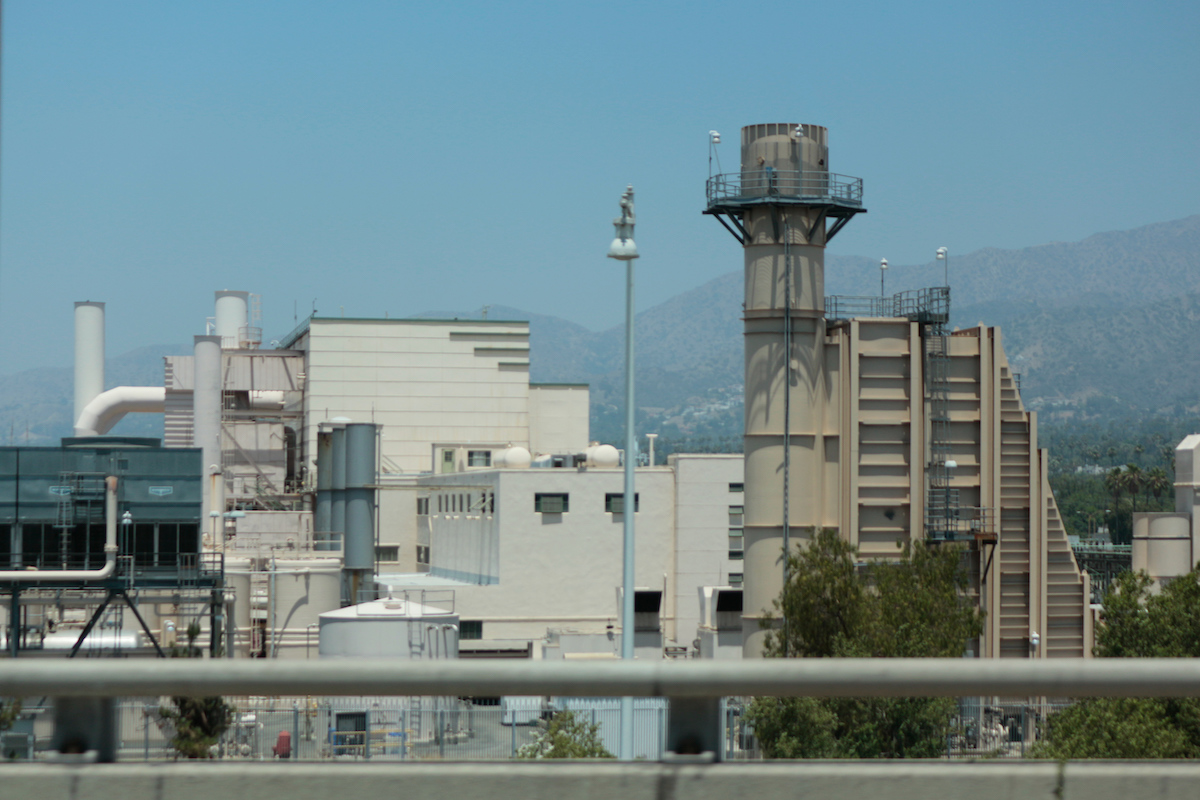Glendale Water & Power (GWP) misled its City Council into spending $170 million on new fossil fuel gas engines at the Grayson Power Plant, insisting they were needed to keep the lights on in Glendale. However, GWP’s intention was to actually generate and sell excess energy on the market, with no regard for the health of its residents who will inhale its pollution. Earthjustice, representing the Sierra Club, articulated this argument in the opening brief of our lawsuit against the City of Glendale, filed on February 24. The lawsuit requests that the Court direct Glendale to reverse its certification of the faulty Environmental Impact Report (EIR) released by GWP, issue an injunction, and suspend construction on the new power plant until GWP releases a new EIR that complies with state law.
Our opening brief argues that Glendale Water and Power:
-
Intentionally inflated their operating reserve obligations not to meet Glendale’s electricity needs, but in order to sell excess energy.
State law obligates Glendale to maintain energy reserves to ensure the lights stay on in case of a grid outage or emergency. However, GWP inflated the amount of its reserve obligation to convince the City Council to build a new power plant. GWP’s inflated reserve obligation is equivalent to 43% of its overall electricity need, much higher than neighboring LADWP’s 23%.
GWP stated when it first proposed the repowering of Grayson in 2015, that it intended to build more capacity than the City needed in order to capture “significant market sales opportunities.” Not surprisingly, this was wildly unpopular, as Glendale residents rejected the idea that the City should make money from burning fossil fuels while contributing to climate change and spewing toxic pollution into a region that ranks amongst the worst in the nation for poor air quality.
In response, GWP removed any reference to building the plant in order to make money, and in its Initial Study instead asserted that the plant was needed in order to “meet regulatory requirements for reliability.” By fabricating its steep reserve obligations, which are not listed in any contract or federal regulation, GWP eliminated the chance for clean energy to compete with a fossil fueled power plant in its analysis of alternatives.
-
Failed to assess the significant environmental and health and safety impacts of replacing fossil gas with hydrogen gas at Grayson
In public hearings on the controversial project, GWP repeatedly pointed to burning hydrogen instead of fossil gas at Grayson. It argued that hydrogen does not release greenhouse gas emissions when burned and would enable Glendale to comply with Senate Bill 100, which mandates that 100% of California’s retail sales electricity be supplied from clean energy by 2045.
However, GWP’s environmental report did not include any analysis on what it would mean to burn hydrogen at Grayson, much less how that hydrogen would be made, transported, and stored or what it would cost to finance the new hydrogen infrastructure.
Neighboring LADWP recently came under fire for a similar hydrogen repowering proposal at its Scattergood Generating Station for the many risks associated with burning hydrogen. The most recent pilot on Long Island shows that burning hydrogen in a power plant actually increases toxic NOx emissions that contribute to smog and cause asthma as well as heart attacks and premature death.
LADWP projects that retrofitting two existing gas turbines to burn a blend of hydrogen and methane gas alone would cost $800 million. This doesn’t include the cost of the new turbine that would be required to eventually burn 100% hydrogen, nor the new pipeline system to transport it into Glendale, nor the storage facilities required to contain the highly flammable and leak-prone gas.
-
Ignored the impact that repowering the Grayson Power Plant would have on environmental justice communities
GWP asserted the project would not impact environmental justice communities, but the site of the Grayson Power Plant borders Burbank and Los Angeles, less than a quarter of a mile from Grayson. Toxic NOx pollution would blow from the power plant directly into Burbank, where the median income of the most affected communities is 25% below average and majority BIPOC.
The City Council has made significant strides to atone for its tainted past as a “sundown town” for most of the 20th century, when Black workers were not only excluded from purchasing property or living in Glendale, but were forced to leave the City by sundown or suffer violence from police or other community members. Unfortunately, GWP’s failure to recognize the effects of Grayson’s toxic pollution spewing into neighboring BIPOC communities threatens to undermine the progress towards racial justice pushed for by grassroots Glendalians and championed by its City Council.
The Glendale City Council still has the chance to reject GWP’s misinformation and halt the building of the last gas plant in California. Repowering Grayson would not only further perpetuate environmental racism and climate change, but it would also risk sucking Glendale ratepayers into a financial black hole.
